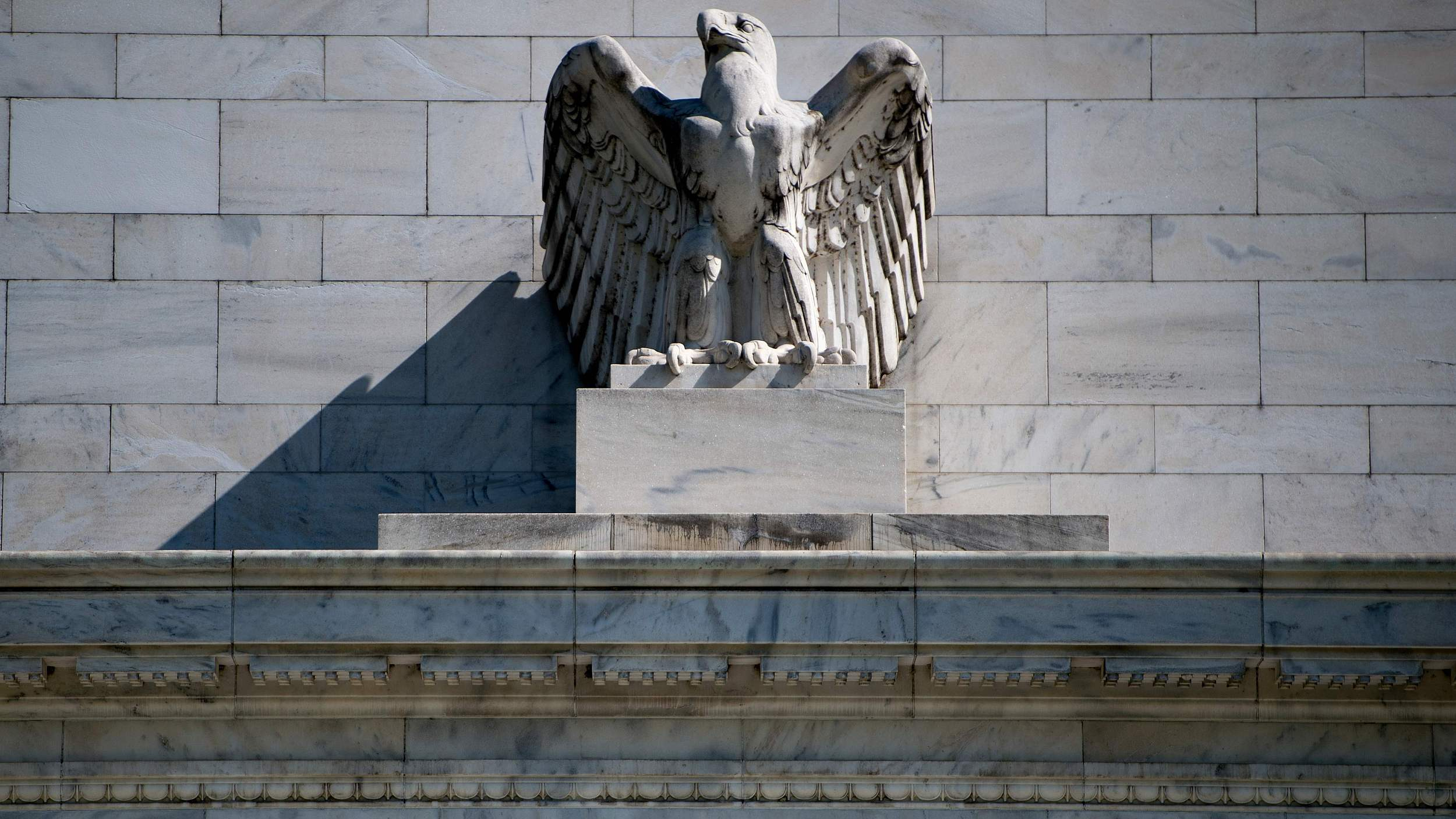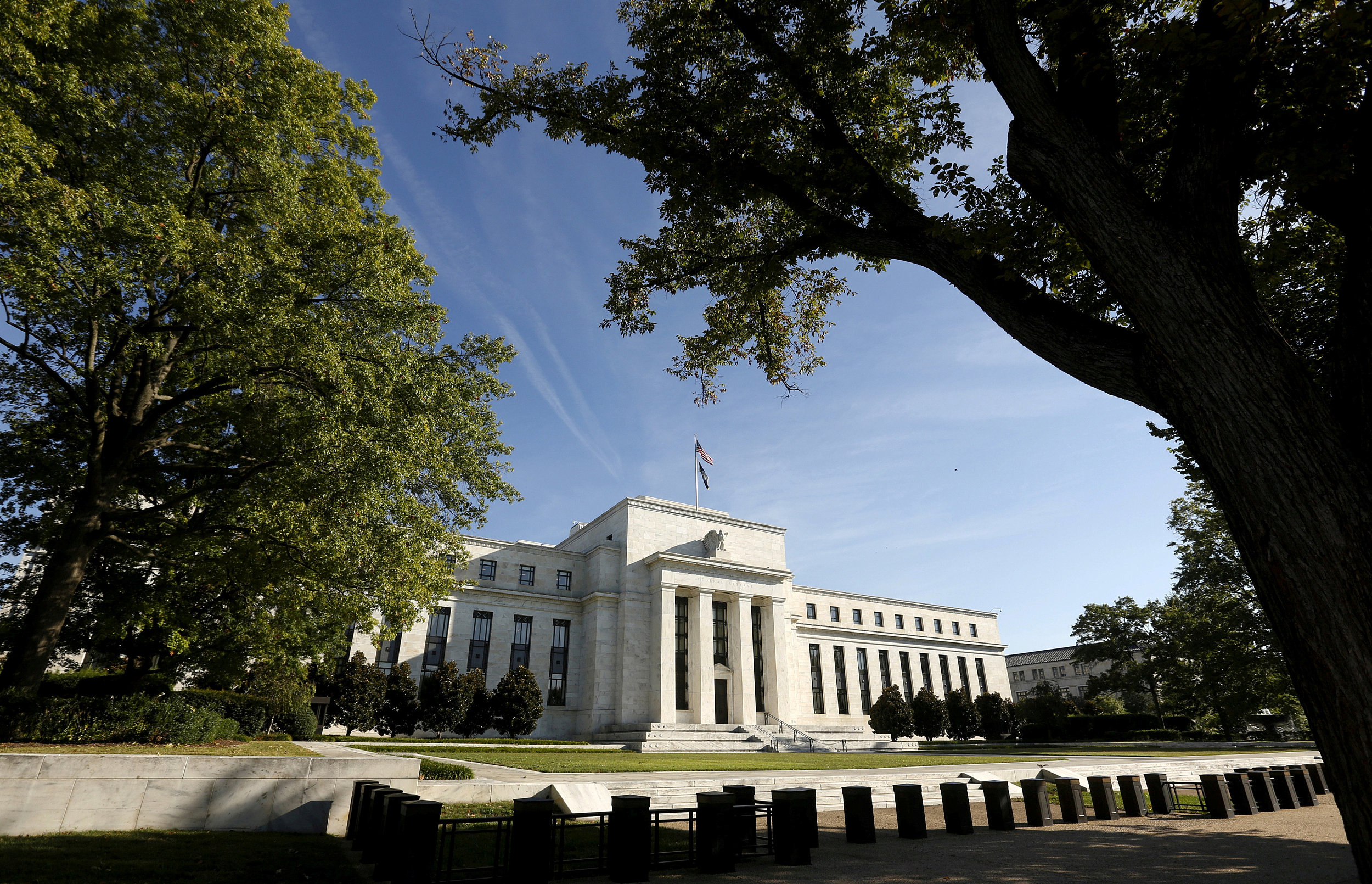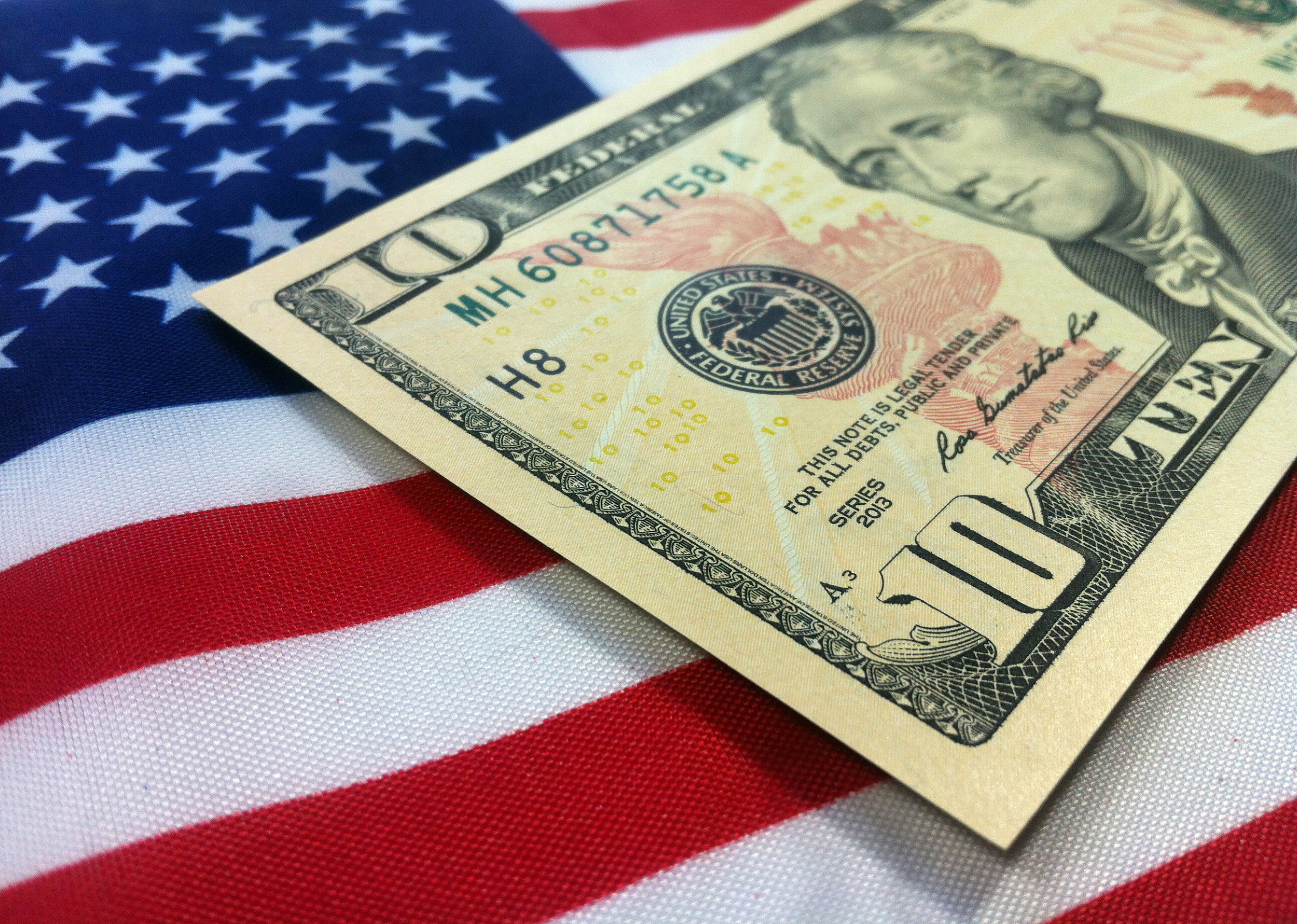
Most Federal Reserve policymakers supported the need for an interest rate cut in September, minutes of the central bank's last policy meeting showed, but they remained divided on the path ahead for monetary policy.
The readout of the meeting, released on Wednesday, also showed that the Fed agreed it would soon need to discuss increasing the size of its balance sheet following ructions in short-term money markets. Fed Chair Jerome Powell announced an imminent expansion of the central bank's assets on Tuesday.
Fed policymakers at the September 17 to 18 meeting decided, in a 7-3 vote, to lower the benchmark overnight lending rate by a quarter percentage point to between 1.75 percent and 2 percent.
"Most participants believed that a reduction of 25 basis points in the target range for the federal funds rate would be appropriate," the Fed said in the minutes. The U.S. central bank has lowered borrowing costs twice this year after having raised interest rates nine times since 2015.
But what remains unclear from the minutes is how a softening in economic data since that meeting will affect viewpoints on the need for further rate cuts, if at all.

Fed Chair Jerome Powell. /VCG Photo
Fed Chair Jerome Powell. /VCG Photo
Another rate cut much expected
In projections that accompanied the September statement, seven of the Fed's 17 policymakers indicated they forecast one more rate cut this year. Five policymakers did not see any more cuts needed and the other five projected a rate rise by the end of 2019. Investors overwhelmingly expect another rate cut at the next meeting on October 29 to 30.
Since the meeting, economic data has increased fears that trade tensions are spilling over to the broader economy. U.S. manufacturing activity tumbled to a more than 10-year low and service sector activity fell to a three-year low in September. Consumer spending, which has been driving U.S. growth, has also begun to moderate.
The minutes "are consistent with already established division among the participants and a cloudy, if not stormy, economic outlook," said Mark Hamrick, senior economic analyst at Bankrate.com, following the minutes.

Fed headquarter. /VCG Photo
Fed headquarter. /VCG Photo
Different camps
Fed Chair Jerome Powell is in the camp that views rate cuts that have occurred as necessary insurance in order to keep the longest U.S. economic expansion on record going and on Tuesday he flagged openness to more rate cuts to mitigate against such risks, repeating that the central bank will act "as appropriate."
But others, such as Boston Fed President Eric Rosengren and Kansas City Fed President Esther George, still do not see the need for rate cuts when the economy is growing moderately and unemployment is near a 50-year low.
The Fed has been near-continuously pilloried in recent months by President Donald Trump who called them "boneheads" ahead of the September meeting for not cutting interest rates more. Earlier on Wednesday, Trump criticized the central bank again. "The USA is doing great despite the Fed!" he tweeted.
The minutes showed Fed policymakers generally had become more concerned with trade risks and other headwinds to the economy, such as slowing global growth and the uncertainty over Brexit.
But that was where the consensus mostly ended. Several policymakers felt it would be prudent for the Fed to cut rates now to guard against risks while several others said the current U.S. economic outlook did not justify a rate cut.

U.S. dollar dips amid Fed minutes
The dollar index, which measures the greenback against six major peers, was down 0.01 percent at 99.1212 in late trading, ticked down slightly as investors scrutinized the meeting minutes.
In late New York trading, the euro was up to 1.0974 dollars from 1.0954 dollars in the previous session, and the British pound was down to 1.2211 dollars from 1.2217 U.S. dollars in the previous session. The Australian dollar decreased to 0.6726 dollar from 0.6730 dollar.
The U.S. dollar bought 107.54 Japanese yen, higher than 107.12 Japanese yen of the previous session. The U.S. dollar rose to 0.9959 Swiss franc from 0.9938 Swiss franc, and it was up to 1.3330 Canadian dollars from 1.3318 Canadian dollars.
(With input from Reuters)